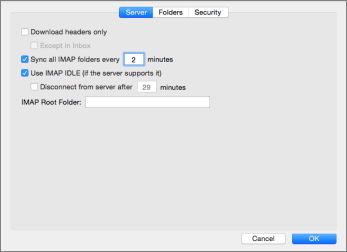

The value type is the same for both 32-bit and 64-bit Outlook.

You can also set this using the Office group policy templates. Notes: You need to create the path if it does not exist. HKEY_CURRENT_USER\Software\Policies\Microsoft\Office\14.0\outlook\options Value type: REG_DWORD: 1 for force, 0 to disable. HKEY_CURRENT_USER\Software\Policies\Microsoft\Office\16.0\outlook\options

:max_bytes(150000):strip_icc()/change-account-order-outlook-1173745-1-74fdf122ca7b408c803026e5649e0255.png)
This might be good for people who use multiple accounts and frequently (accidentally) send using the wrong account, especially if they are sending sensitive documents, as it will almost eliminate accidentally sending email from the wrong account. (Replies and Forwards always use the account the message arrived on.) This fix is simple, but can get annoying, fast, since it forces the user to select an account every time they send a new message. Registry key to force account selection every time If you prefer not to edit the registry yourself, you can run this registry file to set the NewItemsUseDefaultSendingAccount key: HKEY_CURRENT_USER\Software\Microsoft\Office\14.0\Outlook\Options\Mail HKEY_CURRENT_USER\Software\Microsoft\Office\15.0\Outlook\Options\Mail HKEY_CURRENT_USER\Software\Microsoft\Office\16.0\Outlook\Options\MailĭWORD value: NewItemsUseDefaultSendingAccount In Outlook 2016, the option was added to the UI (in File, Options, Mail) or you can set the key in the registry: To force all new messages to use the default email account, regardless of which pst file you are viewing, browse to the following registry subkey and add a DWORD named NewItemsUseDefaultSendingAccount: Out of the box, Outlook 2010 SP1 and Outlook 2013 use the default account for Send to commands but not for new messages created while viewing a pst file (when a POP account is assigned to the pst file), unless you set a registry value to always force the use of the default account.


 0 kommentar(er)
0 kommentar(er)
